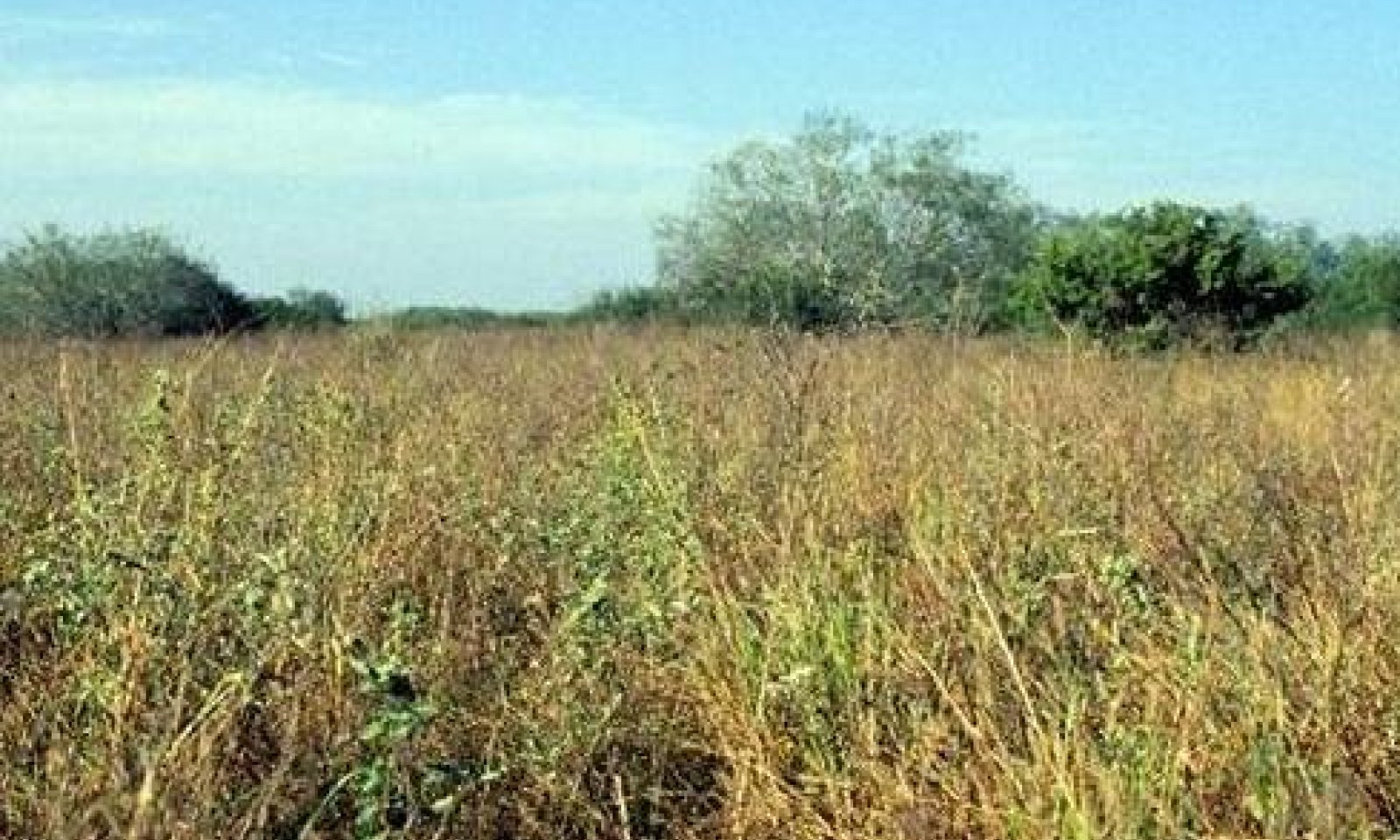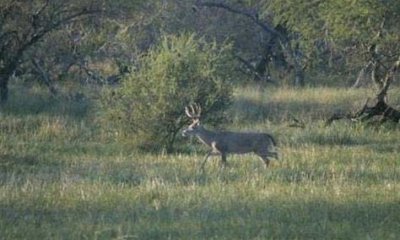
Loamy Sand
Scenario model
Current ecosystem state
Select a state
Management practices/drivers
Select a transition or restoration pathway
-
Transition T1A
Absence of disturbance and natural regeneration over time, may be coupled with excessive grazing pressure
More details -
Transition T1B
Removal of vegetation followed by extensive soil disturbance and planting with non-native species
More details -
Restoration pathway R2A
Reintroduction of historic disturbance return intervals
More details -
Transition T2A
Removal of vegetation followed by extensive soil disturbance and planting with non-native species
More details -
Transition T3A
Absence of disturbance and natural regeneration over time, may be coupled with excessive grazing pressure
More details -
No transition or restoration pathway between the selected states has been described
Target ecosystem state
Select a state
Submodel
Submodel
Mechanism
Once the woody canopy exceeds approximately 20 percent and is taller than three feet, a threshold will have been passed to the Shrubland State (2). In this case, energy in the form of heavy equipment and/or herbicides will be required along with prescribed grazing to shift the plant community back to the Grassland State (1).
Mechanism
The Grassland State (1) can be converted to the Converted Land State (3) by controlling the brush and seeding to native or introduced grasses. It may also be plowed and converted to cropland.
Mechanism
Brush management is the key driver in restoring Shrubland State (2) back to the Grassland State (1). Reduction in woody canopy below 20 percent will take large energy inputs depending on the canopy cover. A prescribed grazing plan and prescribed burning plan will keep the state functioning.
Mechanism
The Shrubland State (2) can be converted to the Converted Land State (3) by controlling the brush and seeding to native or introduced grasses. It may also be plowed and converted to cropland.
Mechanism
If the Abandoned Land Community (3.2) is left alone, eventually the woody plants will create a moderate to heavy canopy. At this point, the desired understory grasses, forbs, and/or crops will be shaded out and the site will transition into a Shrubland State (2).
Model keys
Briefcase
Add ecological sites and Major Land Resource Areas to your briefcase by clicking on the briefcase (![]() ) icon wherever it occurs. Drag and drop items to reorder. Cookies are used to store briefcase items between browsing sessions. Because of this, the number of items that can be added to your briefcase is limited, and briefcase items added on one device and browser cannot be accessed from another device or browser. Users who do not wish to place cookies on their devices should not use the briefcase tool. Briefcase cookies serve no other purpose than described here and are deleted whenever browsing history is cleared.
) icon wherever it occurs. Drag and drop items to reorder. Cookies are used to store briefcase items between browsing sessions. Because of this, the number of items that can be added to your briefcase is limited, and briefcase items added on one device and browser cannot be accessed from another device or browser. Users who do not wish to place cookies on their devices should not use the briefcase tool. Briefcase cookies serve no other purpose than described here and are deleted whenever browsing history is cleared.
Ecological sites
Major Land Resource Areas
The Ecosystem Dynamics Interpretive Tool is an information system framework developed by the USDA-ARS Jornada Experimental Range, USDA Natural Resources Conservation Service, and New Mexico State University.




